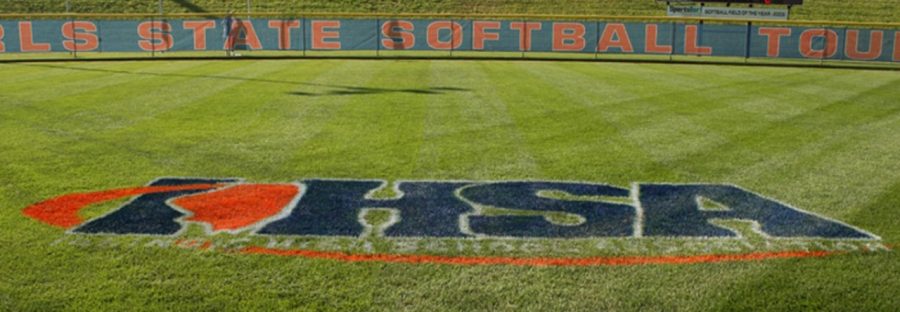Time For A Schedule Change
January 15, 2019
Every spring, hundreds of softball games are cancelled due to poor weather conditions in the midwest area. Fields are underwater. Players wear layers upon layers in an attempt to stay warm. Not only that, but there is nothing worse than the piercing sensation after hitting a softball in fifty degree weather. It is time for the athletic administrators to open their eyes and move high school softball to the fall season, where the weather is drier and warmer.
There are several other benefits to the season switch; first and foremost, midwest weather can be a killer in the spring, especially in Illinois. Last year, Current Results Weather and Science Facts stated that Illinois averages a daily maximum temperature in March that is in between 43 and 50 degrees. On the contrary, the average weather in August and September is 53 to 82 degrees; a ten degree difference can make a huge impact on the overall individual and team performance.
Annually, regulation softball games are cancelled due to flooding, thunderstorms and even snow. According to the State Climatologist Office for Illinois, an average of 11.40 inches of rain falls each spring versus 9.97 inches of rain during the entire fall season. For the regular season, rainouts would drastically decrease because weather would be much more favorable during the crisp, warm fall season.
“The switch would be helpful because it is always challenging for athletes to have long stretches in the spring of just practicing, or back-to-back games,” Wheaton Warrenville South softball coach Maggie Quinn stated. “I can see how difficult it is , tradition-wise, to switch. At first, there might be some pushback, but that is inevitable with change. Especially in the Midwest, outdoor spring sports is always a challenge.”
According to NWI Times, there are currently seven states that play high school softball in the fall: Missouri, Mississippi, Oklahoma, Colorado, Georgia, South Dakota and Iowa. In Iowa, where the climate is very similar to Illinois, the regular season begins in late August and ends in October or November, depending on how playoffs go.
Stewarts Creek softball coach Tory Atwood said, “It would kill softball in the high schools. It would force players to stop travel ball in the fall to play high school softball. I believe the majority would choose travel ball.” However, travel softball leagues usually end in late July and generally speaking, the fall season does not pick up until late September or early October. The high school season would begin in August and end in October, so the players would not miss out on travel softball games. Moreover, the schedule alteration would give softball players more opportunities to play games in the spring/summer leagues not affiliated with high school.
Many believe the proposal would conflict with girls who might play multiple sports during the school year. Although a fall softball season has the potential to interrupt other fall sports, the benefits outweigh the drawbacks.
Furthermore, college softball coaches would have more time to scout potential recruits in the fall than in the spring. For example, Missouri and Nebraska softball players not have the opportunity to play in more regulation games and develop more skill, but they receive more college exposure. As a result, this puts the players at an advantage in the search for roster spots and scholarships.
In order to avoid an imbalance in sports season and student-athlete conflicts, the high school volleyball season must be moved to the spring season. The weather is enjoyable and there would be a significant decrease in rainouts and rescheduled games. It is time for a schedule change and we must start now.

